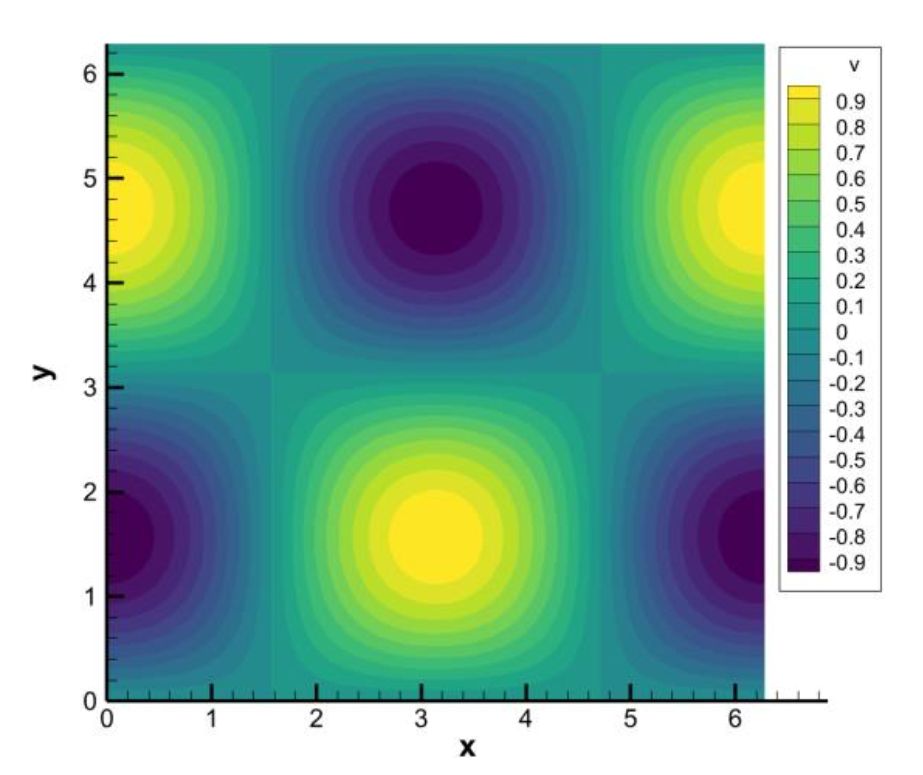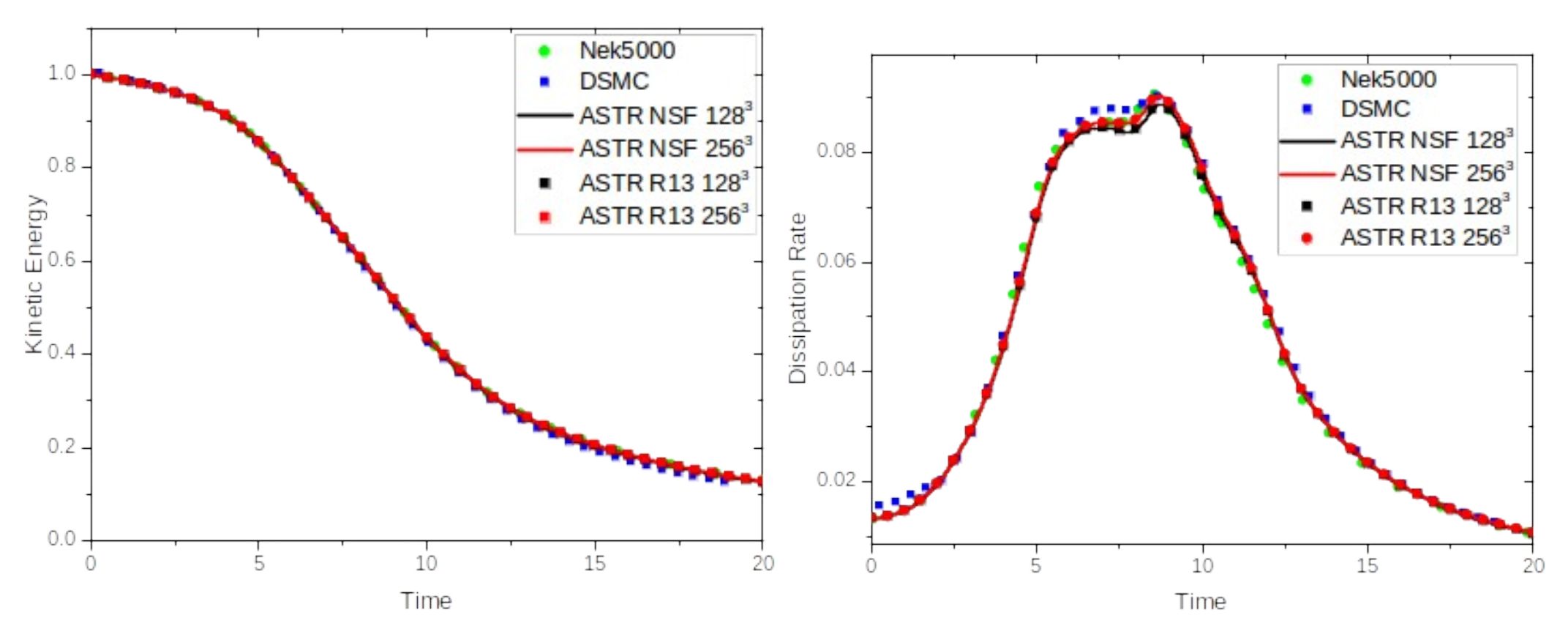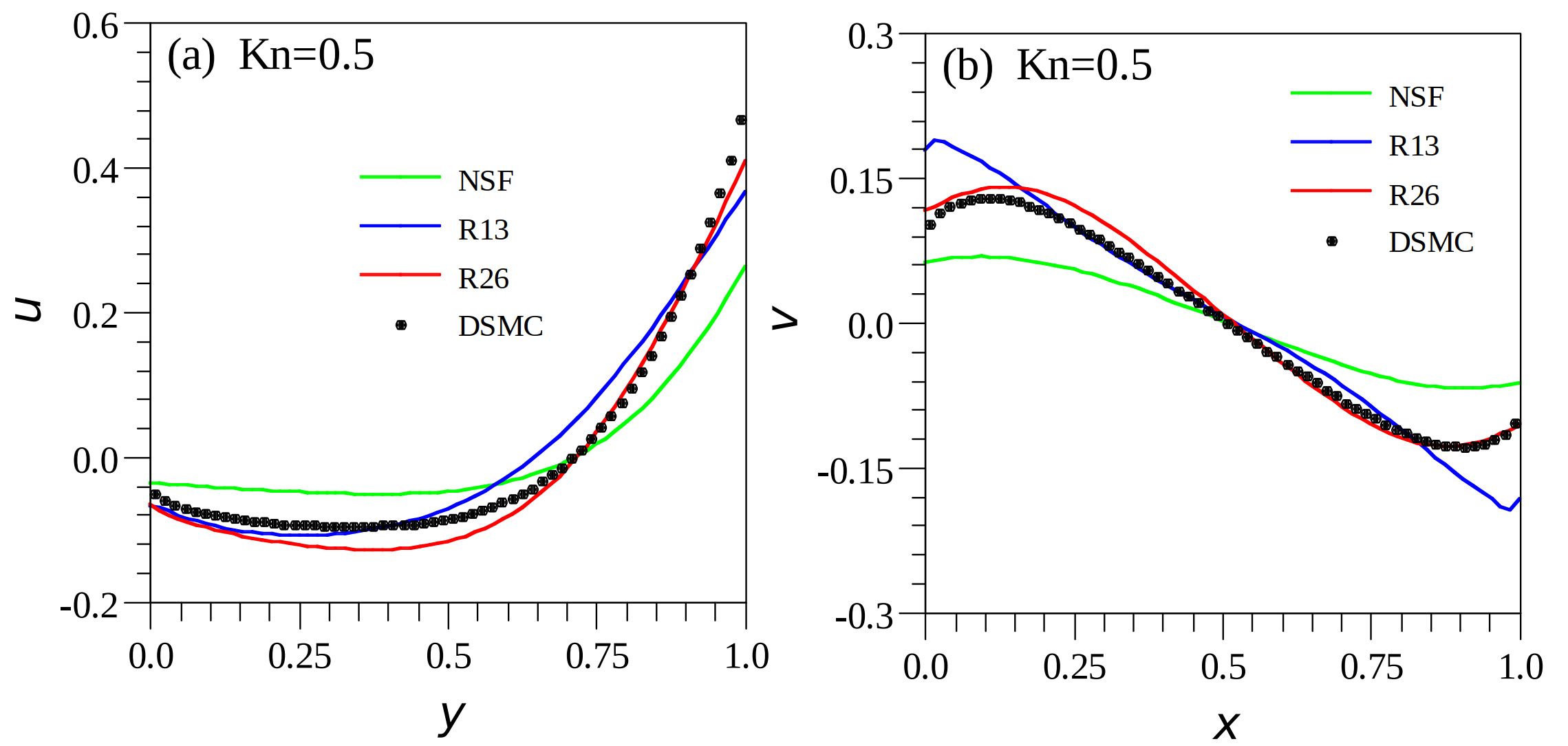Implementation of a DNS capability for hypersonic turbulent flows in the high-altitude atmosphere
ARCHER2-eCSE07-08
PI: Dr Jian Fang (STFC – Daresbury Laboratory)
Co-I(s): Dr Charles Moulinec (STFC – Daresbury Laboratory)
Technical staff: Dr Xiaojun Gu (STFC – Daresbury Laboratory)
Subject Area:

Non-equilibrium gas flows play a crucial role in various technological and scientific fields. However, accurately modelling these flows is particularly challenging in hypersonic aerospace applications, where turbulence, shock waves, and rarefaction interact in complex ways. This eCSE project has enhanced ASTR, an open-source high-order Computational Fluid Dynamics code for turbulence and shock research, with new modules that improve the simulation of non-equilibrium gas dynamics.
- The primary objective of the project was the development of non-equilibrium gas flow modules within the open-source CFD software ASTR to move beyond the capability of the current Navier-Stokes-Fourier (NSF) equations.
- 1.1 The velocity-slip and temperature-jump boundary conditions have been implemented for the NSF equations for flows in the slip flow regime.
- 1.2 The regularised 13-moment (R13) equations along with their wall boundary conditions have been implemented for flows in the slip and early transition regime.
- 1.3 The regularised 20-moment (R20) equations have been successfully implemented for flows in the slip to mid-transition regime.
- 1.4 The regularised 26-moment (R26) equations have been implemented for flows in the mid-transition regime based on the 2 previous implementations of R13 and R20.
-
Success at each stage has been demonstrated by validating each implementation phase by rigorously testing the boundary conditions with computation of flow past classic test cases in the slip, early and midtransition regimes:
(i) Taylor Green Vortex (TGV) flows under weak rarefied condition;

Evolution of kinetic energy (left), dissipation rate (right) of TGV flow at Kn=0.001.
(ii) Lid driven cavity cases with 3 stationary and 1 moving solid in the slip and transition regime, as shown in the figure.

Velocity profiles along the lines through the cavity centre at Kn=0.5.
-
At each stage, parallel performance has been assessed to retain the excellent scalability of the code.
- The whole new added module and subroutines have been integrated into the ASTR code. They will be uploaded into GitLab and merged into the ASTR master branch.
Information about the code
To access the code and the newly developed module, please go to github and checkout the mom_merge branch.
